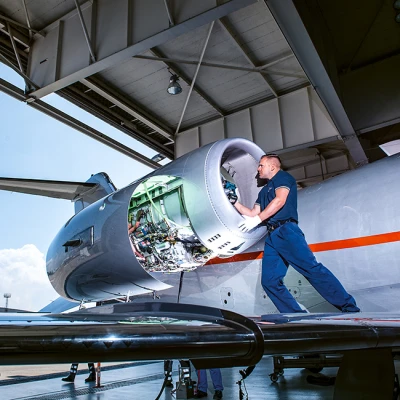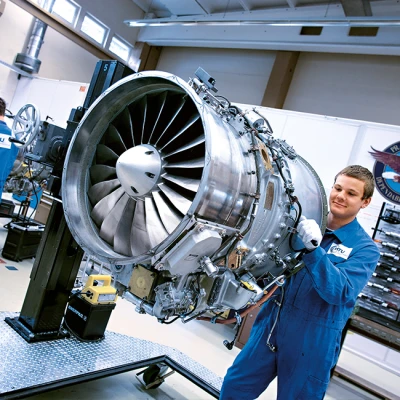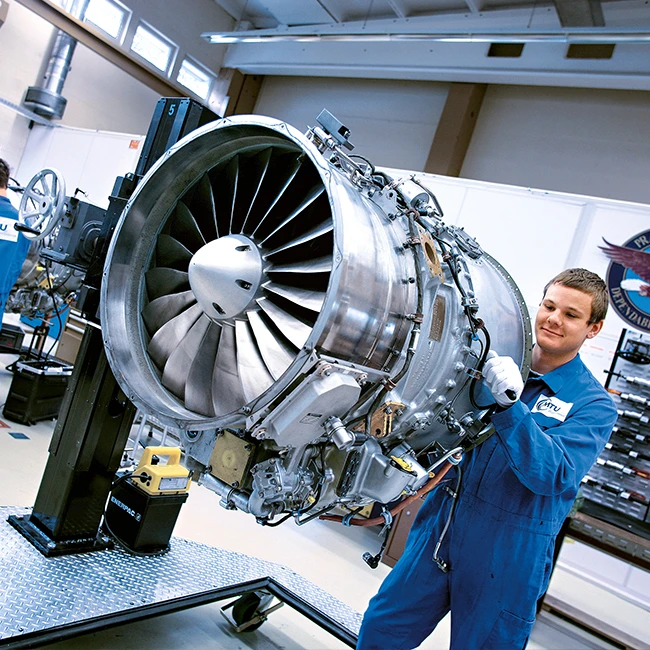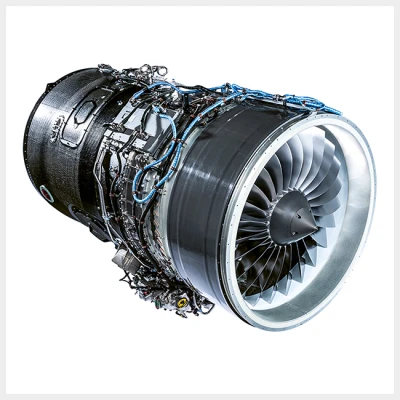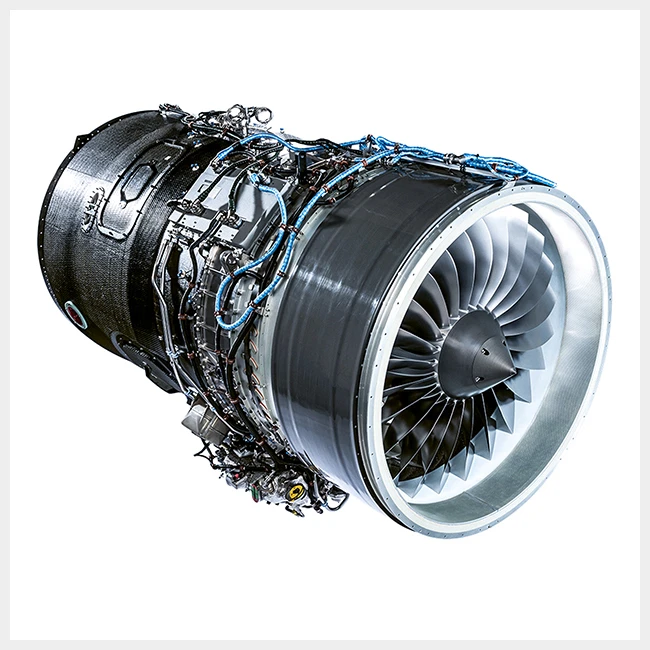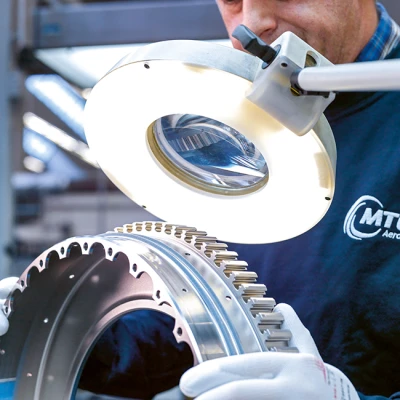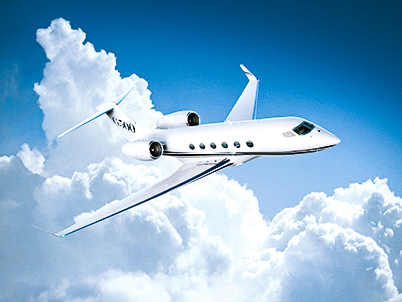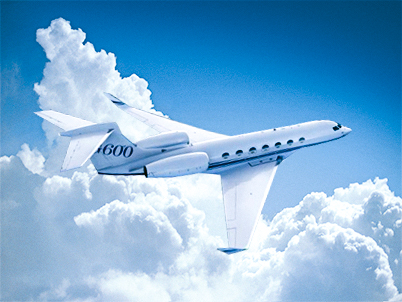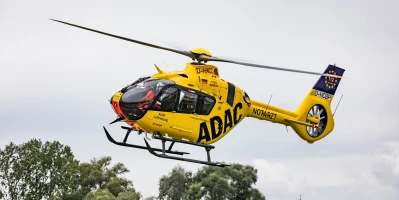aviation
New long-haul business jets give the market new momentum
The Gulfstream G500 and G600 are hot new arrivals on the large-cabin business jet scene—the market segment with the strongest growth and the highest revenue.
author: Andreas Spaeth | 6 mins reading time published on: 01.06.2019
author:
Andreas Spaeth
has been traveling the world as a freelance aviation journalist for over 25 years, visiting and writing about airlines and airports. He is frequently invited to appear on radio and TV programs to discuss current events in the sector.
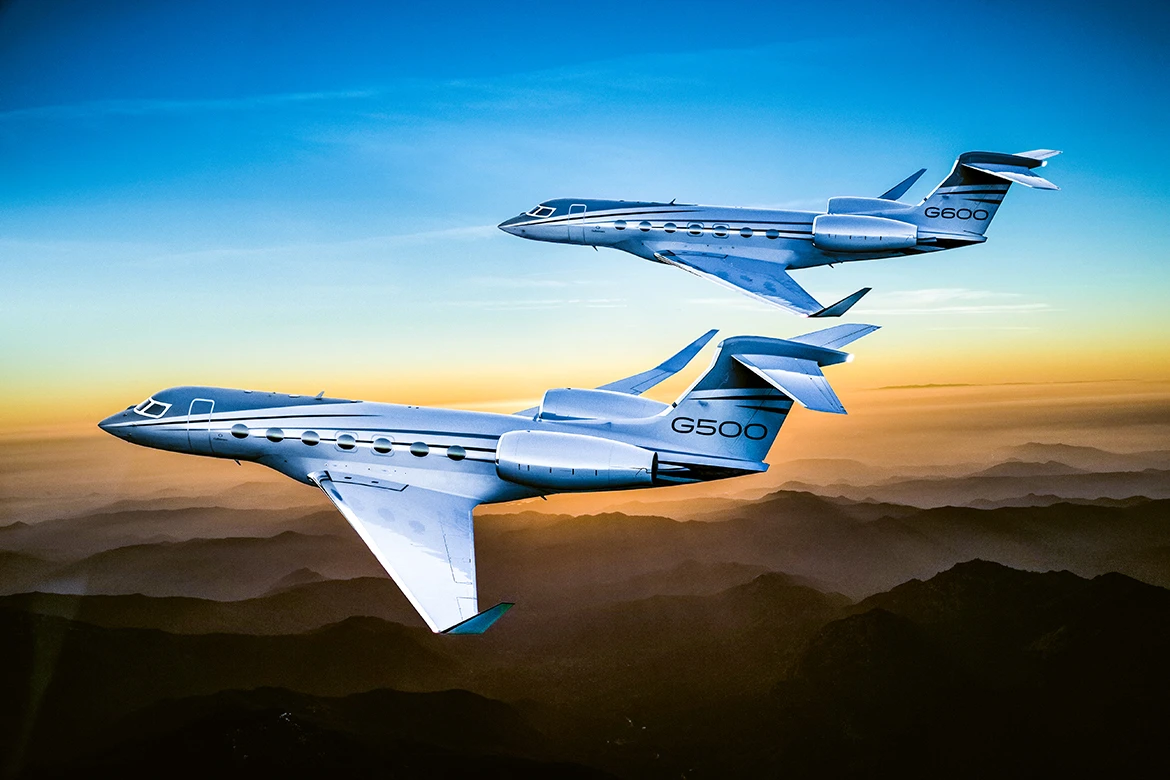
Finally, the bruised business aviation market is starting to show long-awaited signs of recovery. At the start of the global financial crisis in 2008, annual business jet deliveries were peaking at around 1,300. These were big numbers at the time considering that business jets serve a niche market segment. In the wake of the recession, however, annual deliveries slumped, falling by around 50 percent to a level they would remain at for many years to come. After almost a decade of stagnating production volumes, the market greatly welcomes any stimulation it can get.
Now more optimistic, analysts are confident that 2019 will be the year when things start to pick up in the business aviation sector. After all, new aircraft models are sparking keen interest from an exacting clientele with cash to burn—in a segment where single aircraft are available for approximately 30 million U.S. dollars but where it’s usual to pay somewhere in the region of 40–75 million for a brand-new private jet for long-haul routes. Analysts believe that four newcomers to the bizjet market will drive up sales in 2019 by more than ten percent compared to the previous year.
More range, more luxury and more space
“There’s a significant, almost endless desire for more range, more luxury and more space among business-jet buyers,” says David Tyerman from Cormark Securities in Toronto. “We saw that with the G650, and the Bombardier Global 7000 takes it yet another step further. Every time a manufacturer comes out with a product that’s more capable, there seems to be a market that we didn’t know existed.” Bombardier has now extended the baseline range of its Global 7000 to 13,500 kilometers, meaning the ultralong-range aircraft (now known as the Bombardier Global 7500) can whisk up to 19 passengers nonstop from New York to Hong Kong, or from Singapore to Munich, in sublime comfort.
Three rival companies dominate the long-haul business jet market: Bombardier (Canada), Gulfstream (U.S.) and Dassault (France). Gulfstream previously laid claim to the furthest reach with its G650ER, which offers an operating range of just over 12,000 kilometers. Now the jet has been ousted from the top spot by the even further-flying Bombardier Global 8000, which can cover a distance of 14,600 kilometers without stopping to refuel. However, it is the G500 and G600, two newcomers from Gulfstream, that are really shaking up the market.
Higher efficiency engines boost the market
Even to the untrained eye, the exterior of a Gulfstream jet is easily distinguishable from other manufacturers’ models by its distinctive oval windows. But the differences that make the difference aren’t apparent at first glance. Two key ways to increase the range of business jets is to give them larger tanks and more efficient engines. The smaller G500 and the stretched, longer-reach variant, the G600—with a range of approximately 12,000 kilometers—are both powered by the Pratt & Whitney Canada’s new PW800 engines. Munich-based MTU Aero Engines holds a 15 percent work share in this engine program, with responsibility for the low-pressure turbine and various stages of the high-pressure compressor.
When it comes to engines for business jets, MTU has years of experience under its belt. “We focus on the mediumand large-cabin jets,” explains Wolfgang Mattig from MTU in Munich, where he is responsible for programs delivered in partnership with Pratt & Whitney Canada. MTU holds stakes of between 15 and 25 percent in the slightly smaller PW300 and PW500 business jet engines: “The fleet powered by these engines is growing fast. We’ve already delivered around 7,000 modules to our partners in Canada,” Mattig says. French manufacturer Dassault’s popular Falcon 7X and its successor, the Falcon 8X, are powered by the PW307A and the PW307D respectively and MTU has a workshare in both.
The PW800 is a recent addition to MTU’s business jet portfolio. “With our stake in this new Pratt & Whitney Canada engine program, we looking to tap into the opportunities this segment offers,” Mattig says. The PW800 has the same core engine as the models that power the A320neo, A220, Embraer E2 and Mitsubishi MRJ passenger aircraft. It’s also set to become the propulsion system for another important business jet: the new Dassault Falcon 6X, which is scheduled to make its maiden flight in 2021 and will form the basis for a brand new category of aircraft.
Mach 0.98 and maximum headroom of 1.98 meters
The newcomers on the business jet scene have clearly made quite an impression on Mattig. Both models have the PW800 as their exclusive powerplant: “As cleansheet designs, the G500 and G600 aircraft reach speeds of Mach 0.90, outperforming all other jets in their class. When it come to the tallest and widest cabin, the Falcon 6X—with its maximum headroom of 1.98 meters—has the edge. These impressive features are sure to cause a stir among business jet customers, almost 65 percent of which are based in North America; another 13 percent are in Europe and 12 percent in South America.
MTU is optimistic about the potential this sector holds. “The market for large-cabin business jets looks very promising,” Mattig says, “and we expect our bizjet sales to triple in the next ten years.” Analysts at Aviation Week are also expecting an uptick in the market: according to a recent forecast, 792 business jets are slated for delivery worldwide in 2019, with this number growing to 917 in 2028. What’s also noteworthy about this forecast is that for the same period it anticipates deliveries of ultralong-range business jets (such as the G500 and G600 or the Dassault Falcon family) to generate the highest revenue of any aircraft category at almost 105 billion U.S. dollars, trailed by large-cabin jets at around 30 billion U.S. dollars.



